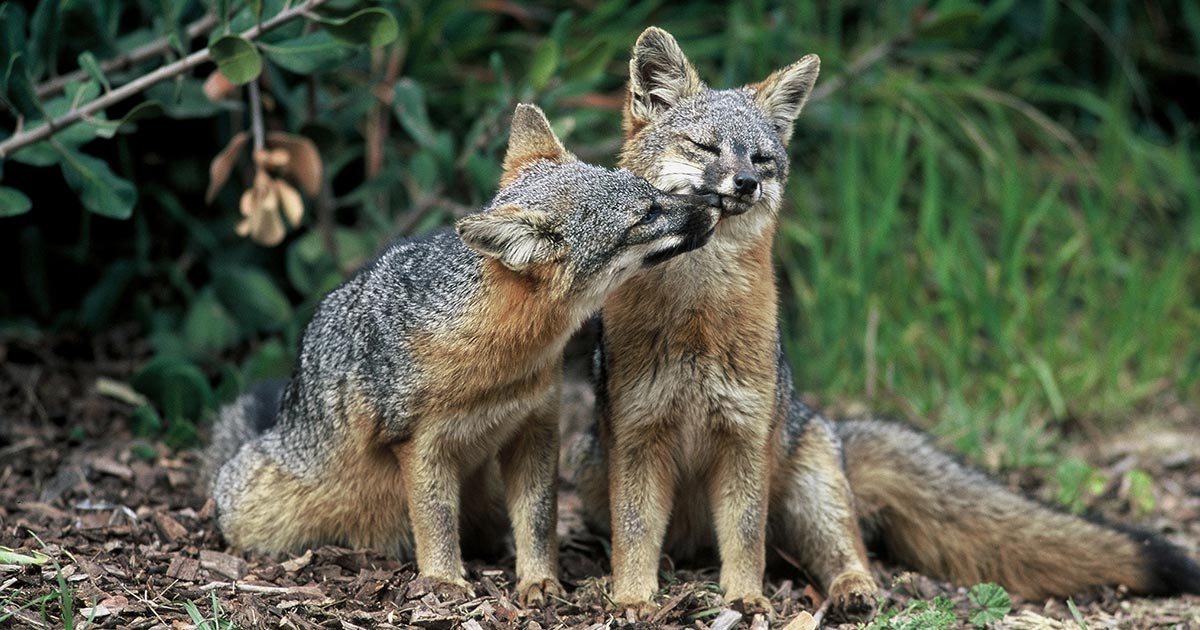
This story was adapted from a news release by NOAA Fisheries Science Center.
Maintaining genetic variation is critical to allowing wild populations to survive, reproduce and adapt to future environmental changes, says a Colorado State University biodiversity expert.
Chris Funk, professor in the Department of Biology and director of the Global Biodiversity Center at CSU, co-authored a paper in Proceedings of the National Academy of Sciences examining genetic variation as a crucial factor for wild population’s short- and long-term viability. The paper’s lead author is Marty Kardos, a geneticist at NOAA’s Northwest Fisheries Science Center.
The paper started as a conversation with Kardos and several other colleagues, Funk said.
“We all felt that a lot of new papers and studies in our field of conservation genetics did not fully recognize the importance of genome-wide genetic diversity for conservation of species of conservation concern,” Funk said. “Thus, we decided to write a paper highlighting the importance of all genetic variation for the persistence of populations.”
Some recent studies have pointed to wildlife populations such as musk ox, cheetahs and island foxes that have low genetic variation and yet persist despite high levels of inbreeding. This has led some to conclude that genetic variation and inbreeding don’t matter as much as previously thought.
While there are outliers, the authors argue that the safest and best conservation strategy is to protect and promote a rich genetic diversity within and among populations. This strategy is especially true for species of special concern, such as threatened and endangered Pacific salmon populations.
Inbreeding, which happens when there are small, isolated populations of a species, can reduce a species’ ability to survive and reproduce. Populations with low genetic diversity have a smaller buffer when it comes to evolving to their ever-changing environment.
“We can look at a salmon’s genome and select for certain traits like disease resistance,” Kardos said. “However, we shouldn’t lose sight that doing so may come at the cost of reducing genetic diversity. And genetic diversity is what will give populations the best chance at adapting to a changing climate.”
Genomics revolution
The genomics revolution has made it possible to quickly and cheaply sequence entire genomes. These rapidly advancing technologies have expanded the scientific understanding of wild populations like salmon and their interactions with the environment.
For example, researchers can look at genetic traits that influence a particular Pacific salmon population’s biodiversity, disease resistance, migration timing and other adaptations. Such a deeper understanding of salmon genetics gives managers more information to help protect and recover them.
Funk is the co-author of a forthcoming book on the topic of applying cutting-edge genomic approaches to the conservation of endangered and threatened species.